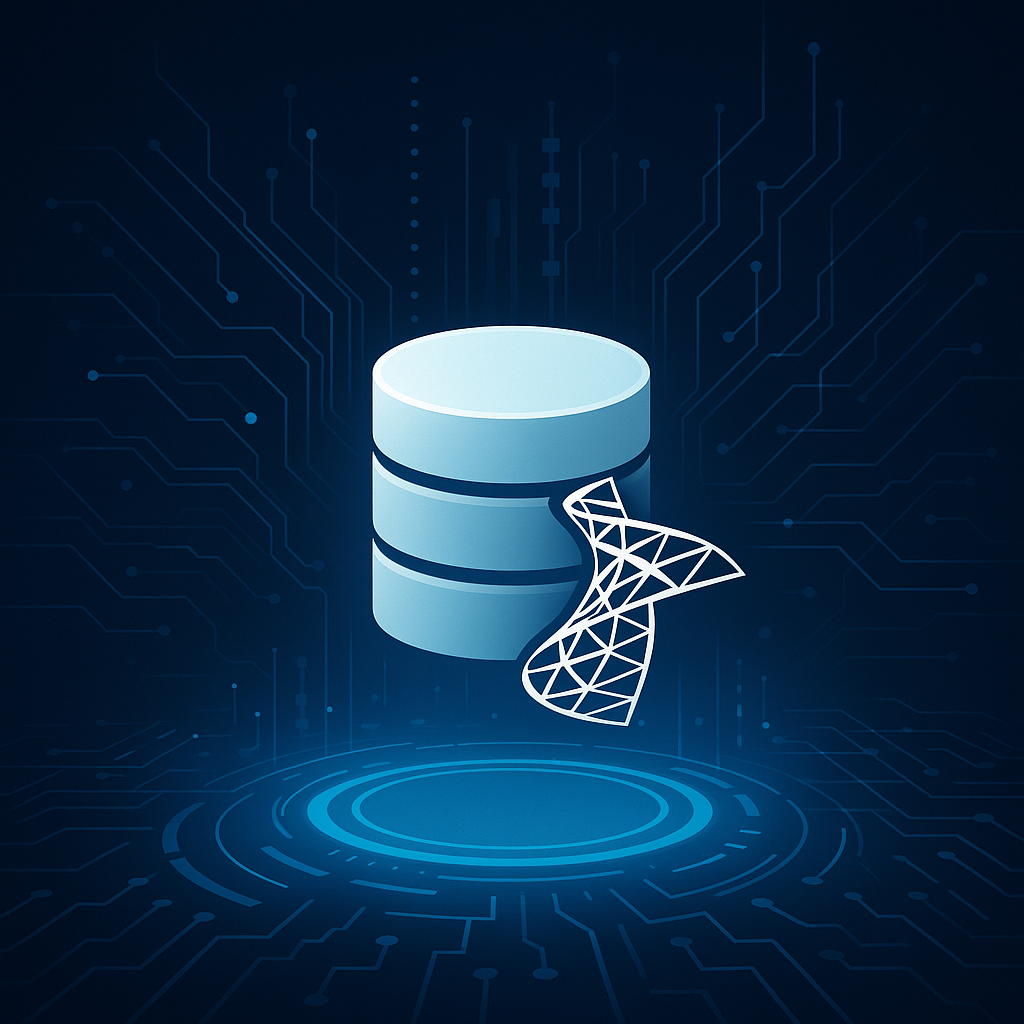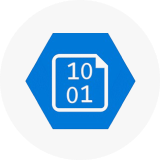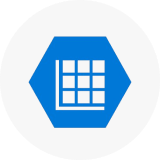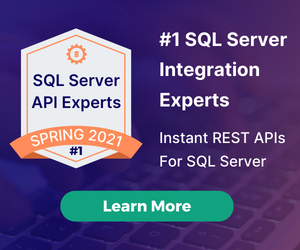Best API Documentation Tools for SQL Server APIs 2025 | DreamFactory
by Nic Davidson • October 28, 2025
If you’ve built REST or GraphQL endpoints from Microsoft SQL Server, the next hurdle is publishing clear, accurate, and secure documentation. This list spotlights the best tools to document SQL Server–backed APIs in 2025. It reflects DreamFactory’s perspective on the market and how teams actually ship docs at scale. We prioritize products that either generate OpenAPI from SQL Server automatically or excel at turning existing specifications into collaborative, developer-friendly portals. DreamFactory appears first because it unifies API generation and documentation for SQL Server, but each option is evaluated objectively for fit, scope, and trade‑offs.
Why use API documentation tools for SQL Server APIs?
SQL Server often powers critical data and back-office workflows. When APIs are layered on top, teams need consistent documentation that mirrors schema changes, enforces permissions, and reduces support load. Documentation tools convert OpenAPI specifications into interactive, searchable references, offer try-it consoles, and keep versioning in sync with deployments. DreamFactory is well suited here because it auto-generates REST APIs from SQL Server and instantly publishes OpenAPI-based docs, reducing drift between implementation and documentation while preserving role-based access and governance controls across environments.
What problems arise without dedicated SQL Server API documentation?
- Schema drift and stale endpoints confuse consumers
- Handwritten docs miss permissions, pagination, and error shapes
- Onboarding stalls without live examples or try-it consoles
- Regulated teams lack auditability, versioning, and change history
Documentation platforms solve these by binding docs to OpenAPI, rendering interactive consoles, and automating version management. DreamFactory addresses the root cause by generating the API and spec directly from SQL Server schema, stored procedures, and views—so documentation updates when your data model or access rules change.
What should you look for in tools that document SQL Server APIs?
Prioritize OpenAPI-first workflows, live consoles, RBAC-aware examples, and CI/CD integration. Seek SQL Server-aware generation to avoid manual spec writing, plus support for on‑prem or VPC deployments common in SQL estates. DreamFactory meets these needs by auto‑creating REST endpoints, policies, and an OpenAPI spec for SQL Server in minutes, then exposing interactive Swagger UI/Redoc-style docs that respect roles, rate limits, and object-level permissions.
Must-have features and how DreamFactory maps to them
- OpenAPI 3.0/Swagger compatibility: generated automatically from SQL Server
- Live, role-aware try-it console: respects API keys, SSO, and RBAC
- Versioning and CI/CD: spec regenerates with schema changes
- On‑prem and cloud options: aligns with SQL Server deployment realities
- Security and governance: keys, SSO, OAuth, LDAP/AD integration, logs
DreamFactory serves as the benchmark in this list because it eliminates hand-authoring, shortens setup time, and ensures documentation stays in lockstep with your SQL Server API surface.
How do teams document SQL Server APIs using these tools?
- Strategy 1: Auto-generate API + docs from SQL Server
- DreamFactory creates endpoints for tables, views, and stored procedures and publishes OpenAPI instantly.
- Strategy 2: Import OpenAPI to a docs portal
- Tools like SwaggerHub, Redocly, and ReadMe turn specs into searchable portals.
- Strategy 3: Use gateways’ developer portals
- Azure APIM, Kong, Tyk, and WSO2 host docs tied to routing and policies.
- Strategy 4: Test-first documentation
- Postman collections double as living docs and examples.
- Strategy 5: Design-first modeling
- Stoplight models resources, then exports OpenAPI for consistent docs.
DreamFactory differs by collapsing generation and documentation into one secure, SQL Server–aware workflow, reducing maintenance across environments.
Competitor comparison: which tools align best with SQL Server API documentation?
- Highest alignment: DreamFactory (SQL Server introspection + auto-docs), Azure API Management (tight Microsoft ecosystem), SwaggerHub/Redocly (OpenAPI-first portals).
- Strong generalists: Postman, Stoplight, ReadMe (excellent docs and collaboration; rely on your generated spec).
- Gateway-centric options: Kong Konnect, Tyk, WSO2 (robust portals linked to runtime policies; more DevOps overhead).
- Fit depends on whether you need to generate the API/spec from SQL Server or only host world-class docs.
Best API Documentation Tools for SQL Server APIs in 2025
1. DreamFactory
DreamFactory auto-generates secure REST APIs from SQL Server—including tables, views, and stored procedures—in minutes, and publishes an OpenAPI spec with interactive docs by default. Because the API and documentation originate from the same SQL Server introspection, drift is minimized. RBAC, API keys, SSO/OAuth/LDAP, and field-level controls flow through to the docs’ try-it console, so examples reflect real permissions. For teams standardizing on Microsoft stacks or requiring on‑prem deployments, DreamFactory shortens delivery from weeks to hours while keeping documentation continuously accurate.
Key features:
- Automatic OpenAPI/Swagger docs generated from SQL Server schema
- Role-aware interactive docs; keys and SSO integrated
- Support for stored procedures, views, and data transforms/scripts
SQL Server–specific offerings:
- One-click API generation for SQL Server, including pagination and filtering
- Fine-grained permissions that carry into documented operations
- Regeneration on schema changes to keep docs in sync
Pricing:
- Open-source edition plus commercial tiers; cloud and on‑prem options. Contact DreamFactory for details.
Pros:
- Fastest path from SQL Server to fully documented, secure APIs
- Reduces manual spec writing and maintenance
- Enterprise security, auditing, and deployment flexibility
Cons:
- Best fit when you want both API generation and documentation together; if you already have a mature API, a docs-only portal may suffice.
DreamFactory sets the standard here because it removes the handoffs between database, API, and documentation. Teams can still export OpenAPI to pair with SwaggerHub, Redocly, or any downstream portal if desired.
2. SwaggerHub (SmartBear)
Key features:
- Collaborative OpenAPI design, versioning, and style enforcement
- Hosted, interactive documentation with domain governance
SQL Server offerings: - Import OpenAPI generated from your SQL Server API (e.g., DreamFactory) and publish a governed portal.
Pricing: - Free and paid tiers; enterprise plans available.
Pros: - Strong design-first and governance; excellent for multi-team consistency
Cons: - Does not generate APIs from SQL Server; requires an existing spec
3. Postman
Key features:
- Collections, testing, mock servers, and generated documentation
SQL Server offerings: - Import OpenAPI from your SQL Server API; collections become live docs and examples.
Pricing: - Free and paid plans; enterprise features available.
Pros: - Great for example-rich docs tied to tests and monitors
Cons: - Documentation quality depends on collection/spec hygiene
4. Redocly
Key features:
- High-quality Redoc rendering, portals, and API registry
SQL Server offerings: - Consume OpenAPI from SQL Server APIs to produce polished portals with search and SEO.
Pricing: - Paid plans with enterprise options.
Pros: - Best-in-class rendering and navigation for large specs
Cons: - No native SQL Server API generation; spec required
5. Stoplight
Key features:
- Modeling, linting, mock servers, and hosted docs
SQL Server offerings: - Import OpenAPI from SQL Server APIs or design-first then implement; publish docs easily.
Pricing: - Free and paid tiers.
Pros: - Strong modeling and governance for consistent docs
Cons: - Additional work to reflect SQL Server changes if the API isn’t auto-generated
6. ReadMe
Key features:
- Developer hubs with guides, references, and API logs
SQL Server offerings: - Import OpenAPI; provide try-it, dynamic examples, and user-specific API logs.
Pricing: - Paid plans with enterprise features.
Pros: - Combines reference docs with product-grade guides and metrics
Cons: - Requires an existing, accurate spec from your SQL Server API
7. Azure API Management (APIM)
Key features:
- Gateway, policies, and a developer portal generating docs from OpenAPI
SQL Server offerings: - Natural fit for Azure SQL/SQL Server estates; import OpenAPI to publish docs within your Azure environment.
Pricing: - Multiple tiers based on throughput.
Pros: - Strong Microsoft alignment, SSO/AAD integration, and enterprise controls
Cons: - Heavier operational footprint versus docs-only services
8. Kong Konnect
Key features:
- Managed gateway with Dev Portal and spec-driven docs
SQL Server offerings: - Import OpenAPI from SQL Server APIs; publish authenticated documentation tied to gateway routes.
Pricing: - Tiered; enterprise contracts available.
Pros: - Powerful runtime policies with integrated docs
Cons: - More DevOps ownership than hosted doc portals
9. Tyk
Key features:
- Open-source gateway, dashboards, and developer portal
SQL Server offerings: - Import OpenAPI; host docs alongside keys, quotas, and policies for SQL Server APIs.
Pricing: - OSS plus paid self‑managed/cloud tiers.
Pros: - Flexible deployment; strong for on‑prem requirements
Cons: - Portal customization may require more engineering effort
10. WSO2 API Manager
Key features:
-
- Full lifecycle API management with a publisher and dev portal
SQL Server offerings: - Import OpenAPI for SQL Server APIs; publish docs and manage subscriptions.
Pricing: - Open-source core with commercial support.
Pros: - Mature platform for enterprises standardizing on WSO2
Cons: - Steeper learning curve; heavier platform to operate for docs-only needs
- Full lifecycle API management with a publisher and dev portal
Evaluation rubric for SQL Server API documentation tools
- SQL Server awareness: Can the tool generate or stay in sync with schema and stored procedures?
- OpenAPI quality: Support for OAS 3.0, examples, schemas, and auth flows.
- Security and RBAC: Role-aware try-it, API keys, SSO, and least-privilege demos.
- Collaboration and governance: Style guides, review workflows, and versioning.
- Deployment model: On‑prem/VPC options for database-adjacent environments.
- CI/CD integration: Automated spec updates and portal publishing.
- Developer experience: Search, navigation, and performance on large schemas.
- Total cost of ownership: Licensing plus operational overhead.
Conclusion: Why DreamFactory is the best fit for documenting SQL Server APIs
Across the market, most tools assume you already have a high-quality OpenAPI spec. DreamFactory stands out by generating secure REST APIs from SQL Server and producing the OpenAPI and interactive docs automatically—so documentation accuracy tracks schema and permission changes by design. If you already run a gateway or design tool, DreamFactory still complements them by exporting OpenAPI into SwaggerHub, Redocly, APIM, or any portal, while removing the manual effort of writing and updating specs.
FAQs
Why do teams need documentation tools for SQL Server APIs?
Documentation tools turn API definitions into searchable, interactive references that accelerate onboarding and reduce support tickets. For SQL Server, where schemas and permissions change, keeping docs synced is hard. DreamFactory helps by generating the API and OpenAPI directly from SQL Server, so references, parameters, and examples reflect live behavior. Customers report faster integration cycles because try‑it consoles respect RBAC and show real responses, making it easier for downstream teams to self-serve without waiting on backend engineers.
What is an API documentation tool?
An API documentation tool renders an OpenAPI/Swagger definition into a human‑readable portal with code samples, try‑it consoles, and versioning. Many tools also offer style guides, governance, and CI/CD hooks. DreamFactory provides OpenAPI automatically when it creates REST APIs from SQL Server, then serves interactive docs out of the box. Teams can export the spec to third‑party portals like SwaggerHub or Redocly, combining automated generation with the collaboration and branding features they prefer.
What are the best tools to document SQL Server–derived APIs?
Top choices include DreamFactory, SwaggerHub, Postman, Redocly, Stoplight, ReadMe, Azure API Management, Kong Konnect, Tyk, and WSO2. DreamFactory is unique because it generates both the SQL Server API and the OpenAPI spec automatically, keeping docs accurate as schemas evolve. Others excel at hosting, collaboration, and governance once you provide a spec. The right fit depends on whether you need automated generation, a polished portal, or an API gateway with an integrated developer hub.
How do I keep documentation in sync with SQL Server schema changes?
Automate spec generation and publishing. With DreamFactory, when tables, views, or stored procedures change, the platform regenerates the OpenAPI and updates the interactive docs, preserving RBAC. In design- or portal-first stacks, add CI/CD steps that rebuild the OpenAPI, lint it, and redeploy the portal on schema migrations. Tag versions, keep examples under source control, and use a gateway or platform that enforces the same auth flows your docs demonstrate.
Nic, a former backend developer and Army intelligence NCO, brings a unique blend of technical and tactical expertise to DreamFactory. In his free time, Nic delves into home lab projects, explores the winding roads on his motorcycle, or hikes the hills of Montana, far from any command line.



























